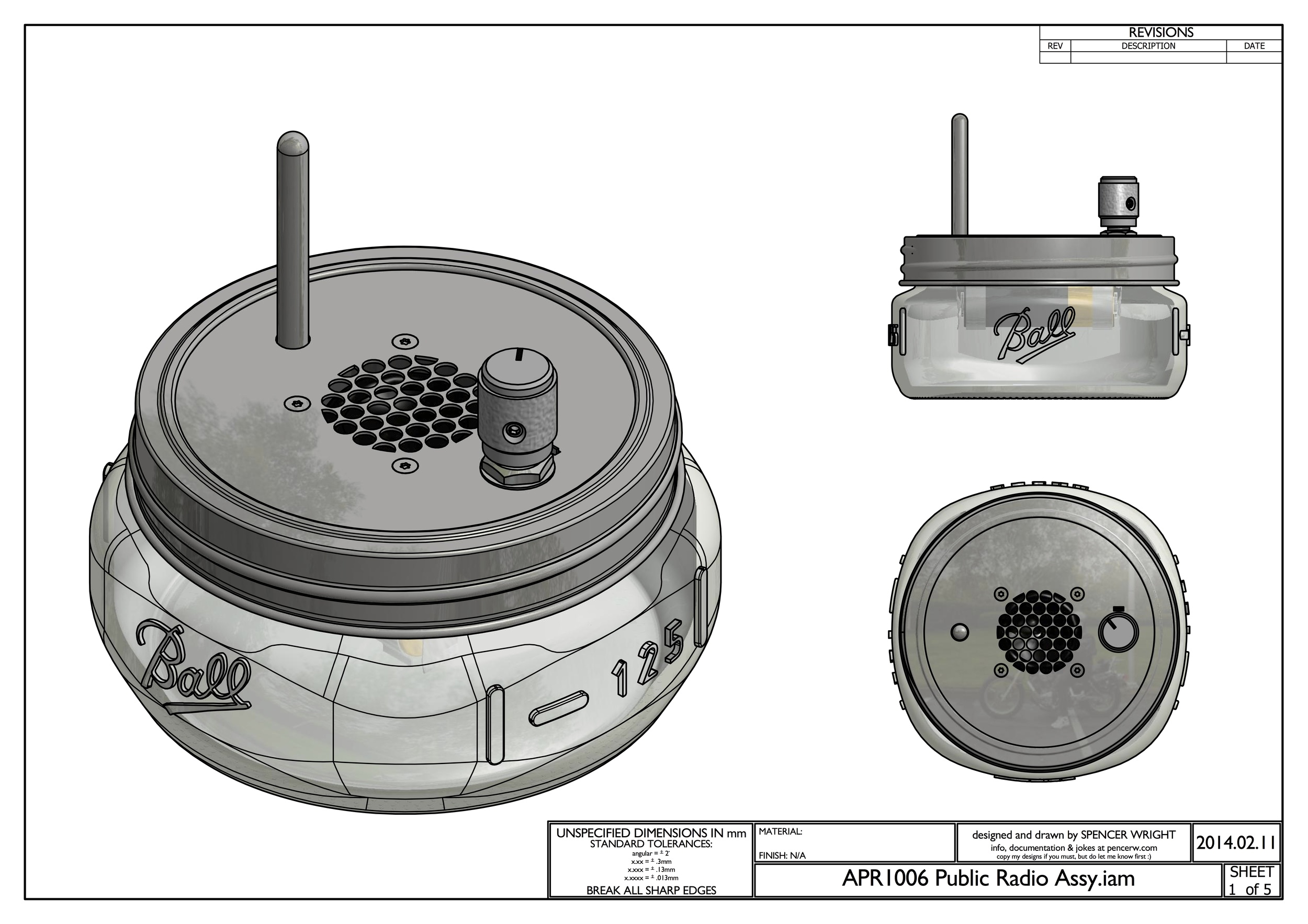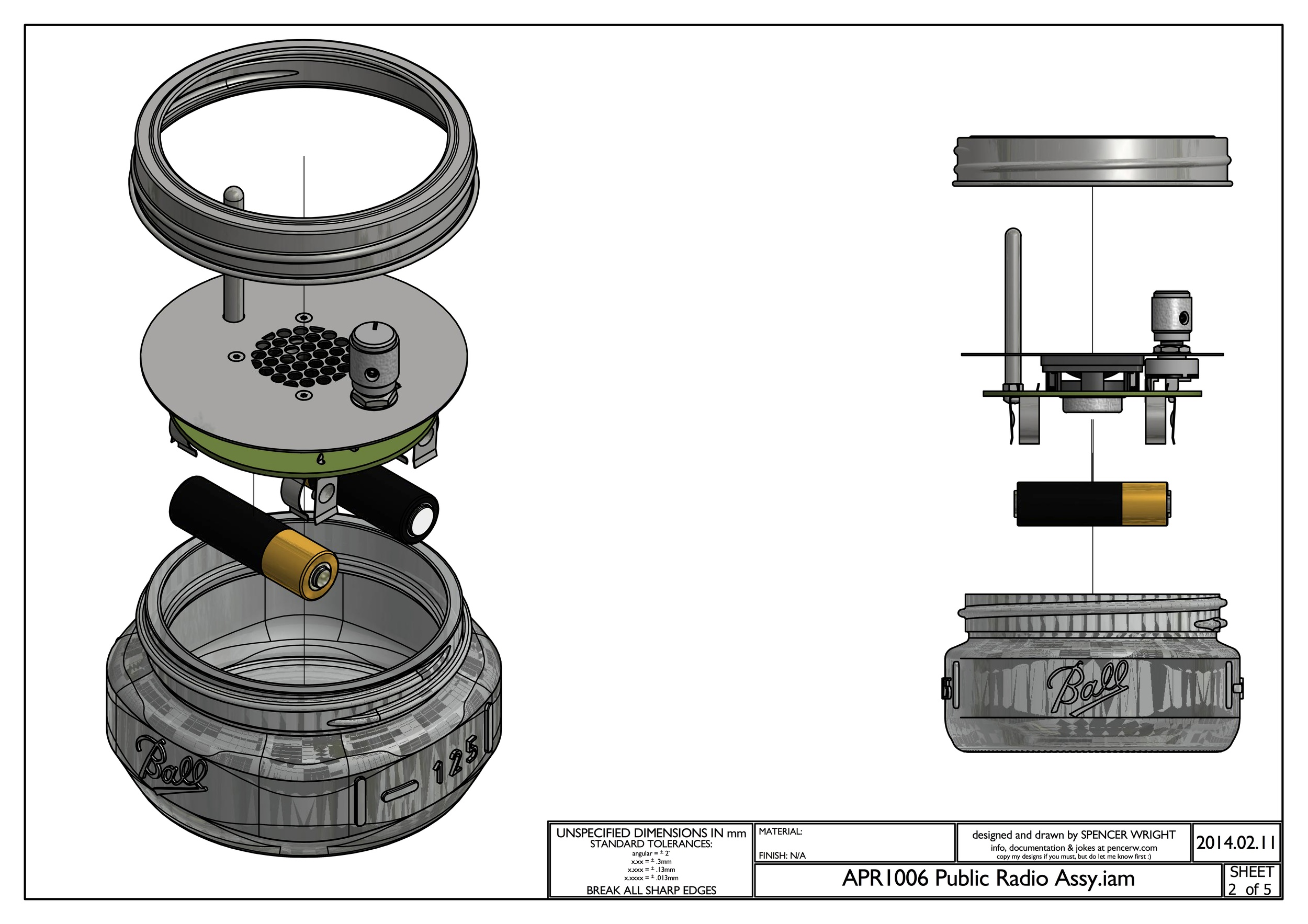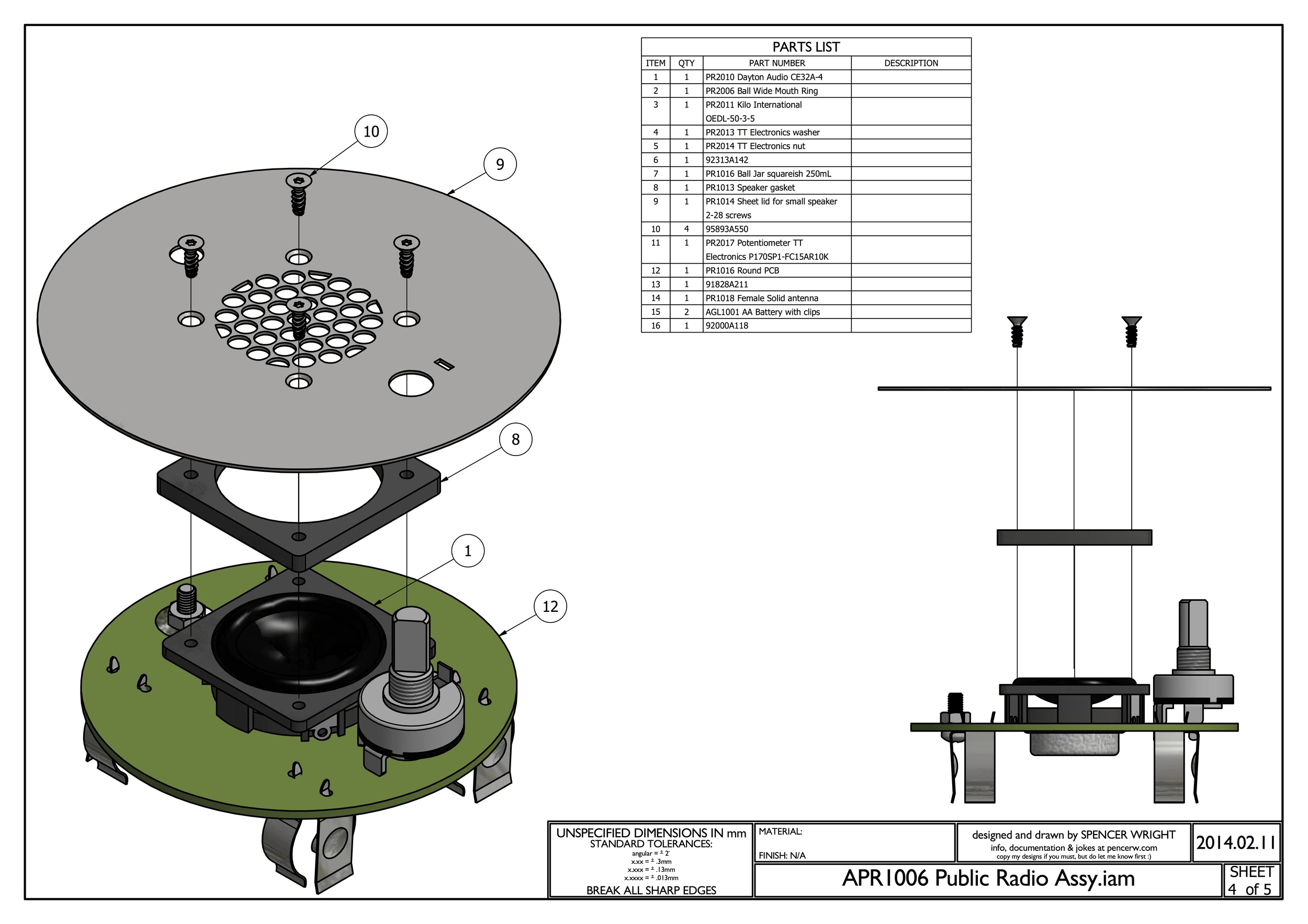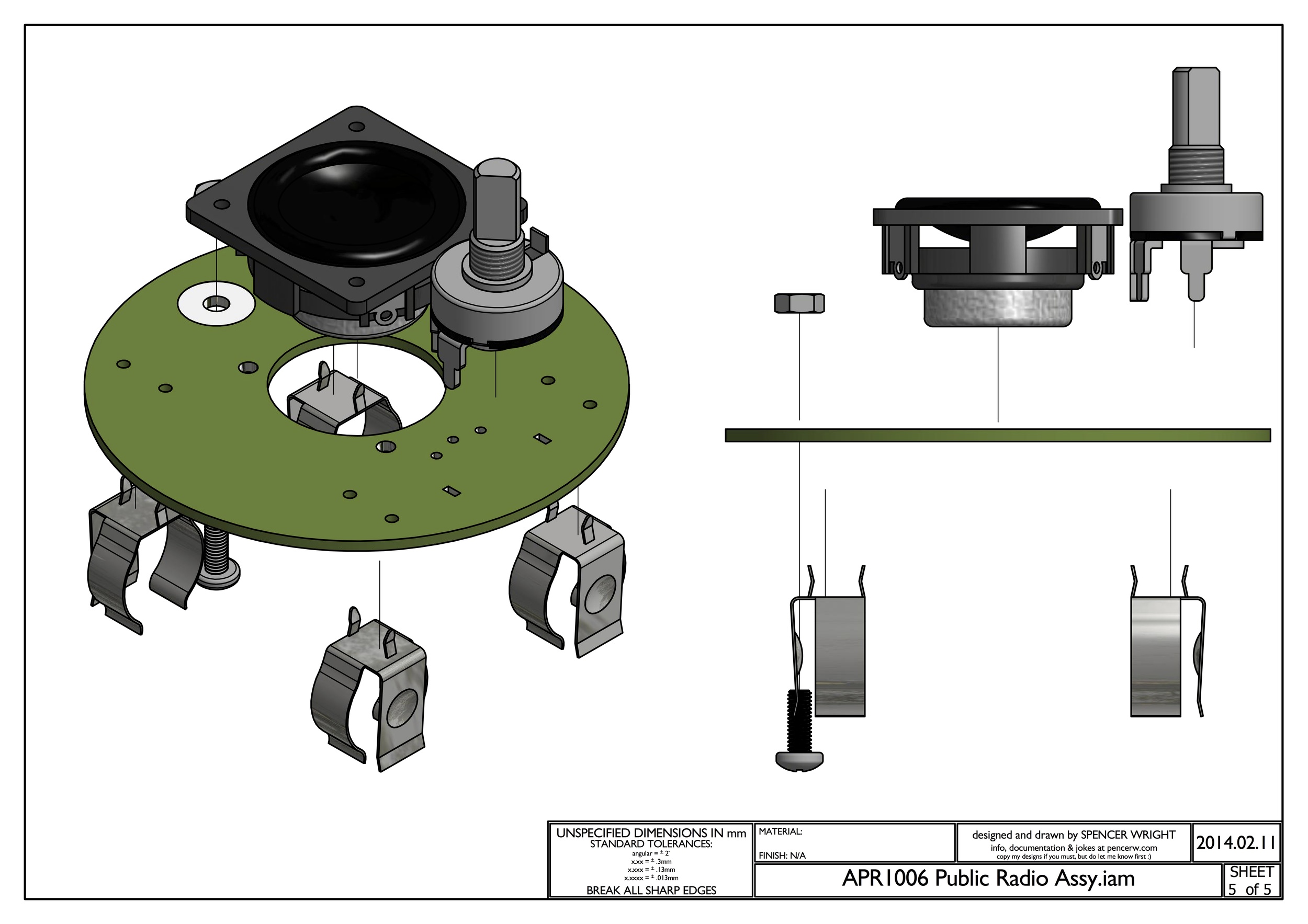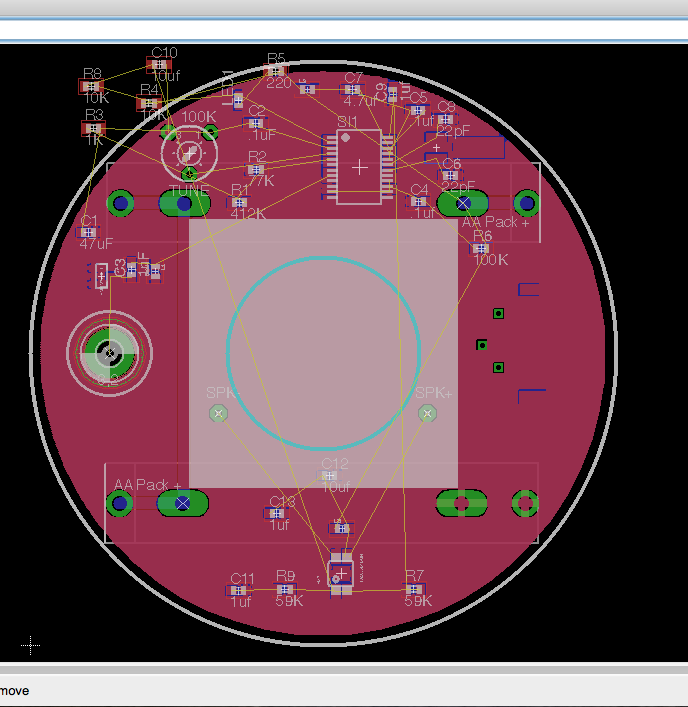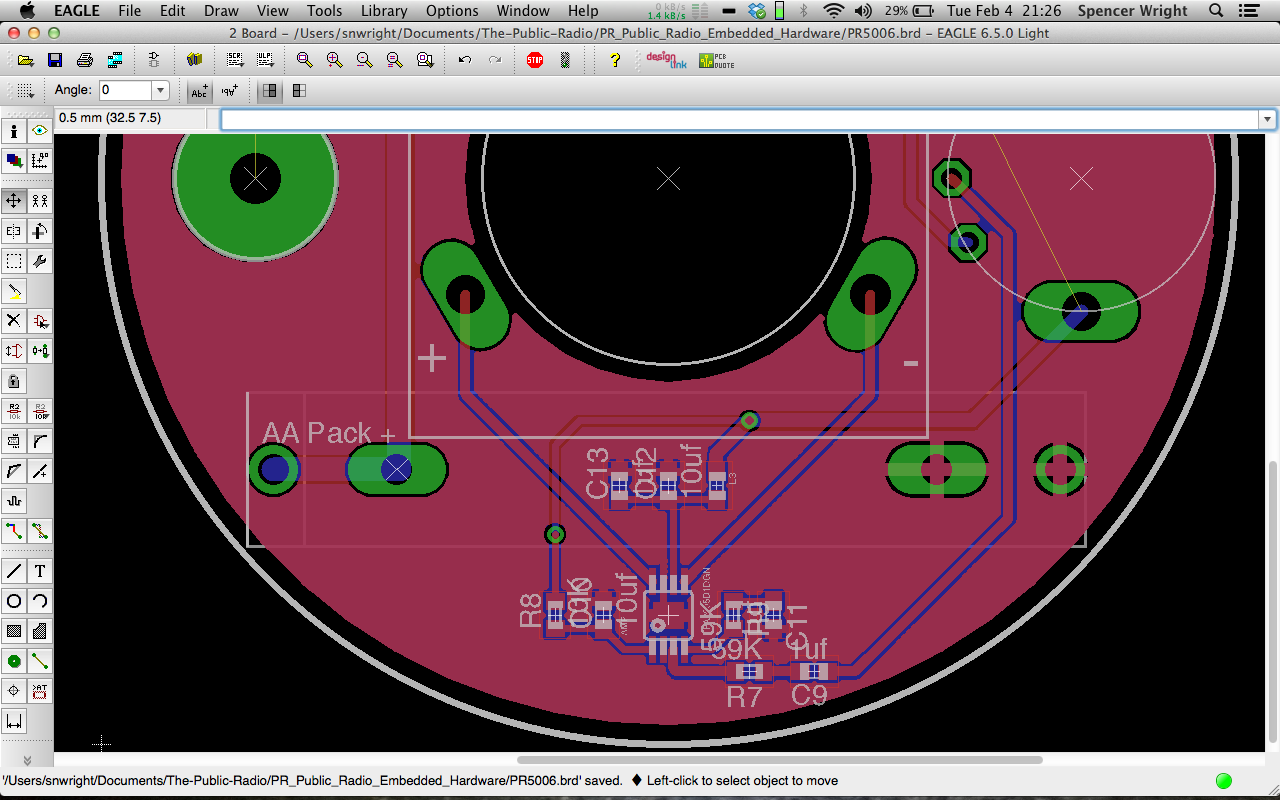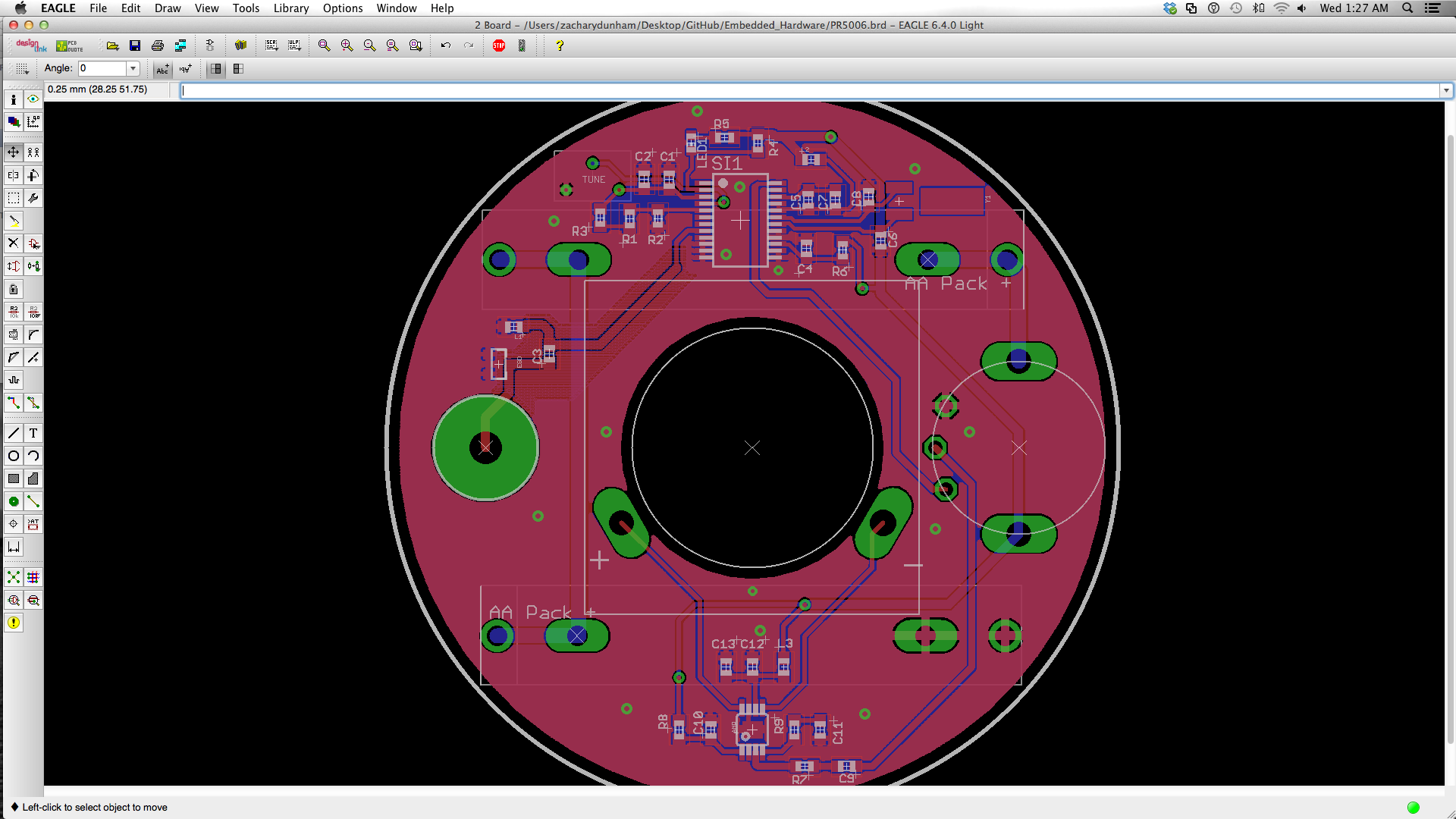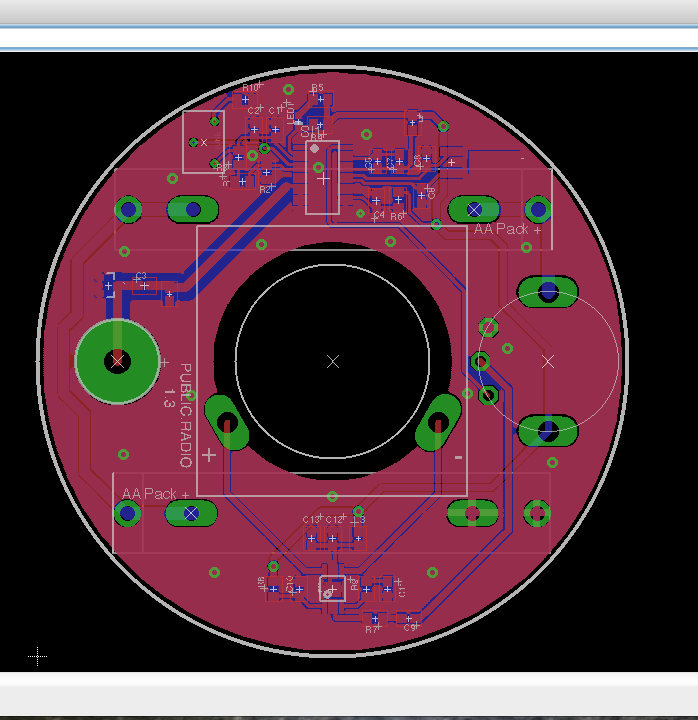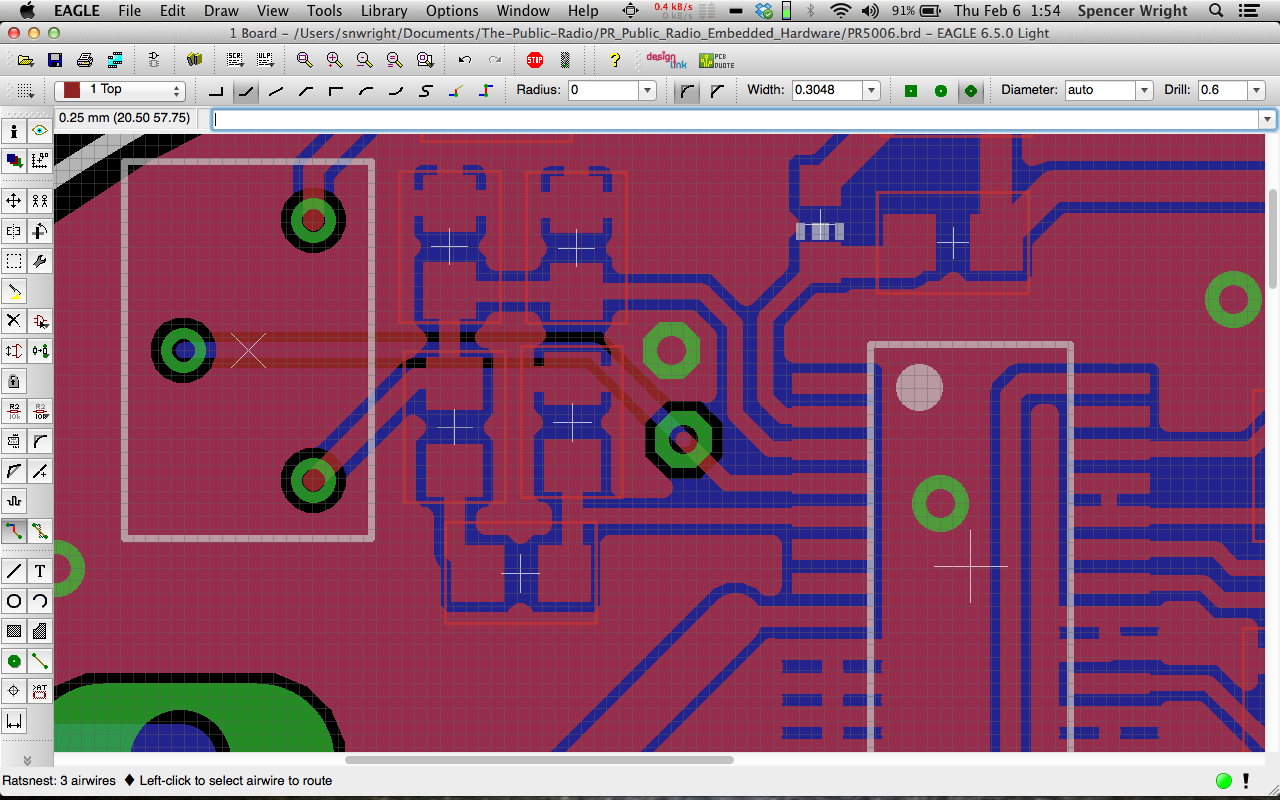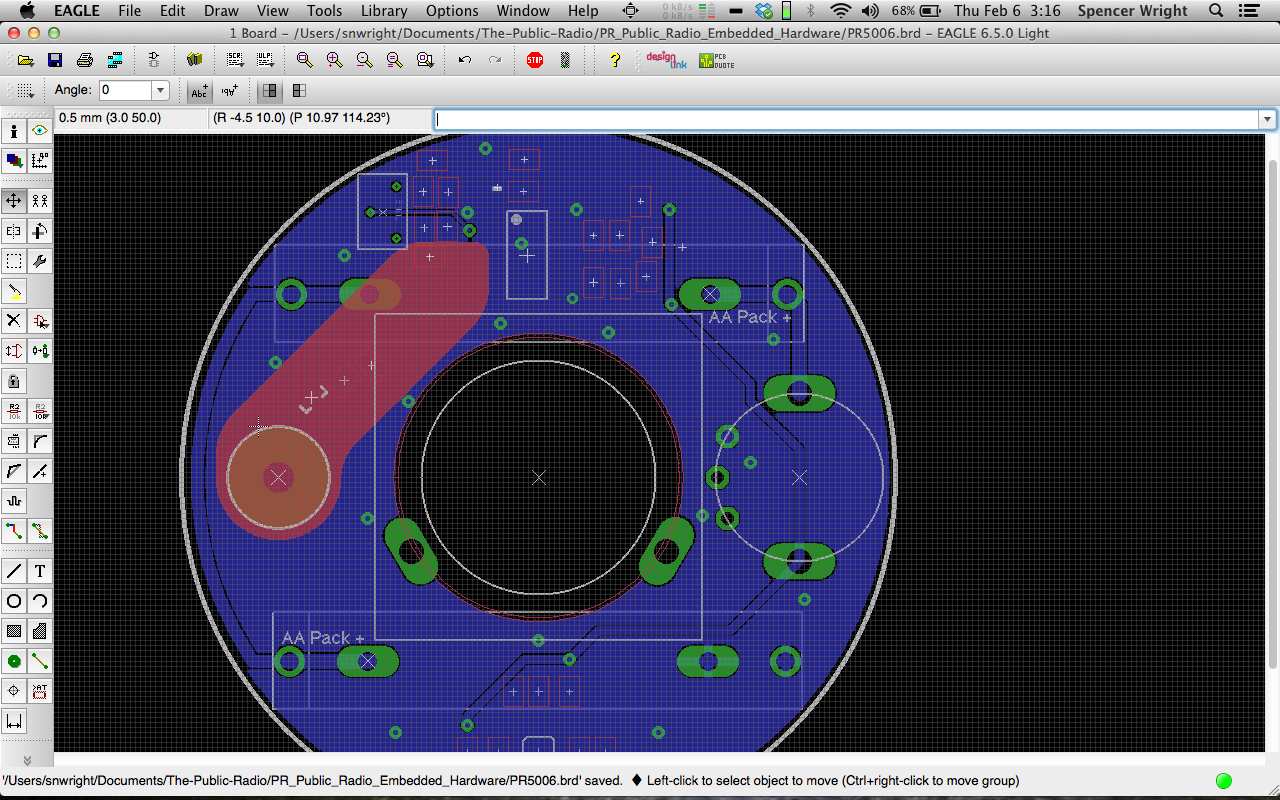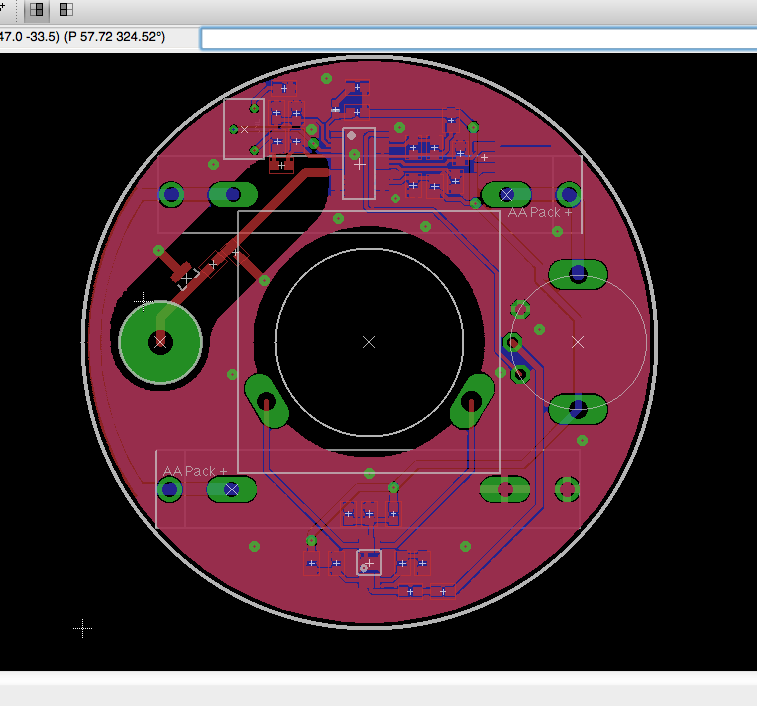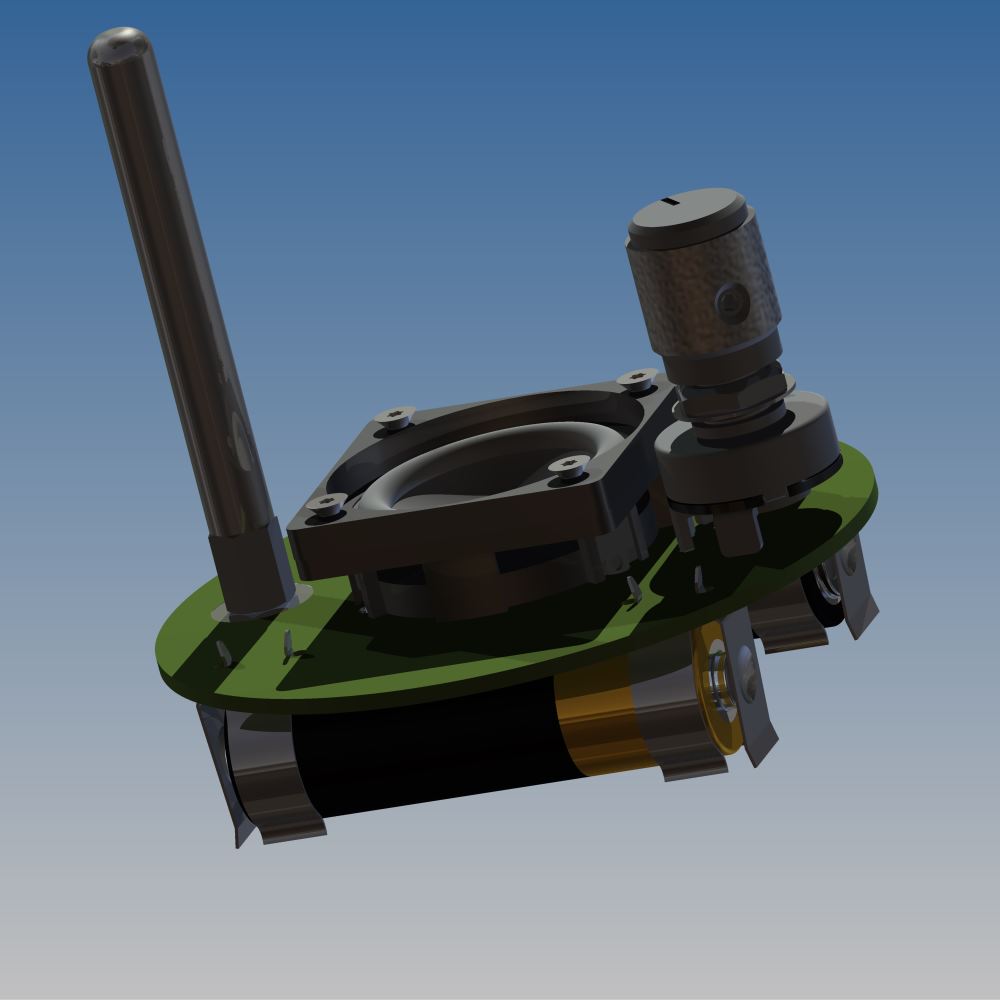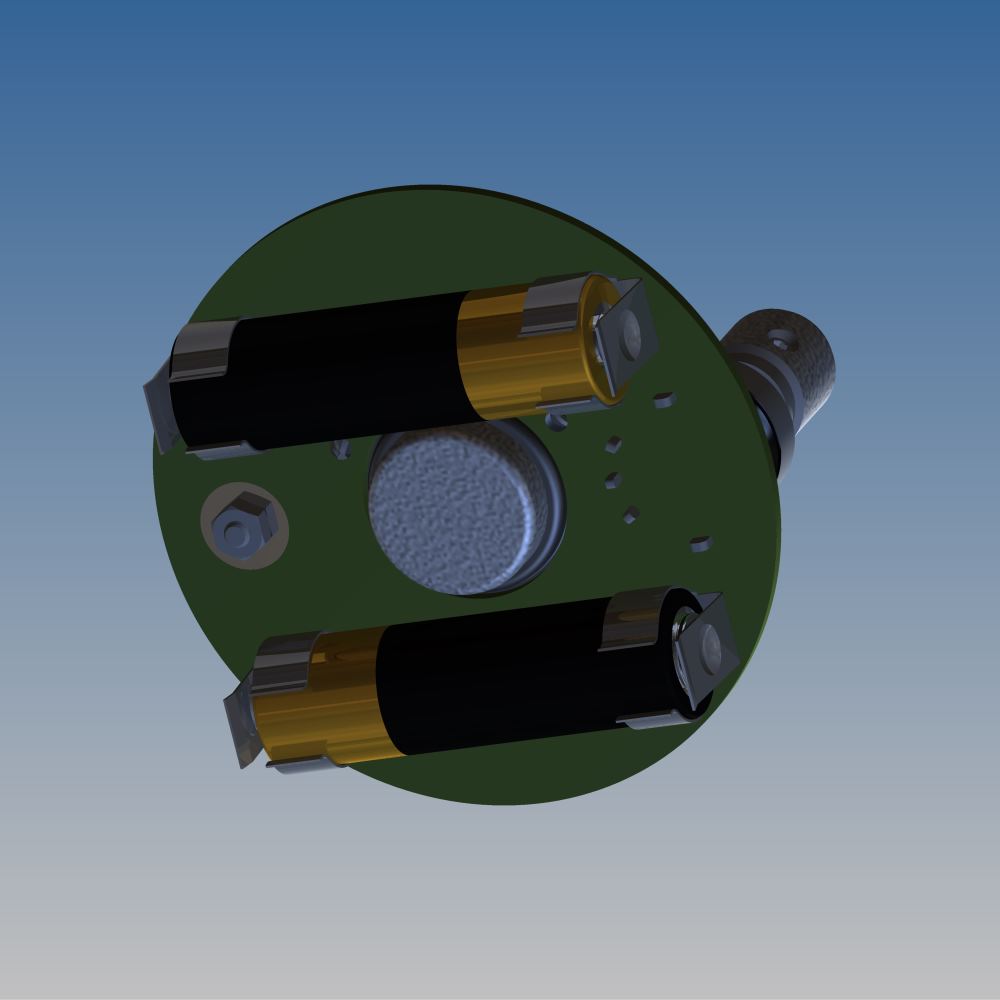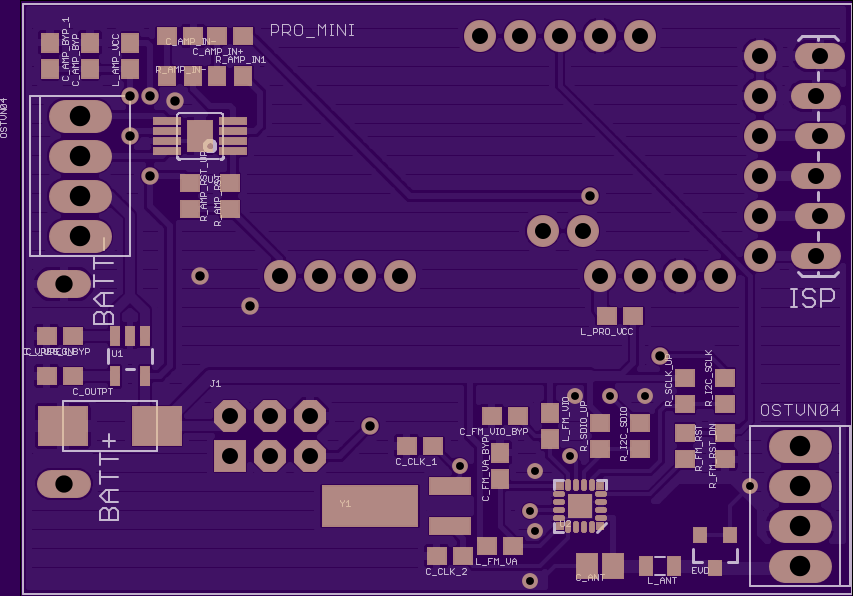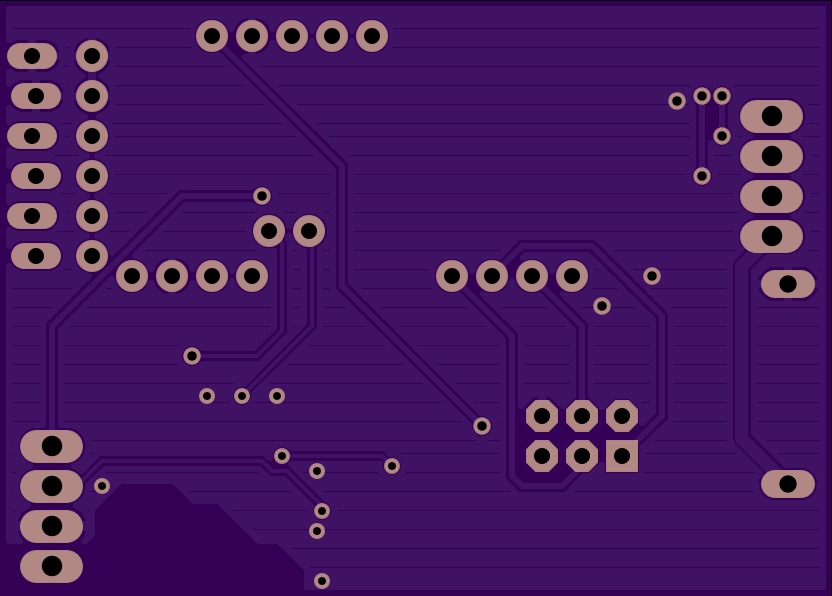The Public Radio is getting close.
Yesterday I ordered parts for a 50-piece beta run. Our PCBs should ship in the next few days, and we've got speakers, potentiometers, and all our electronic components on the way too. I should pull the trigger on laser-cut stainless steel lids today, and will do knobs and antennas soon as well. The one thing that isn't fully secured is the antenna. We're planning on doing two different antennas - one telescopic, which will be made in Shenzhen to our specifications - and one solid, which will be Swiss turned. I should probably just pull the trigger on the telescopic version, but it requires a large order size and I've never dealt with this supplier before. The solid one we'll probably make by hand for this beta run, and will then order a larger quantity after it's fully tested.
The cost of all of this won't make or break anyone, but it's nothing to scoff at either. This beta run will cost us something on the order of $2k, and there will likely be a few snags along the way that'll require additional time, effort and money.
This is a fun time. I really get a kick out of dealing with suppliers, and I (clearly) really enjoy learning about new manufacturing processes. And the rush of committing $500 to a run of potentiometers that you're almost certain will work is undeniable.
The best - and the most potentially frustrating, too - part comes in the next week or so. I've planned our procurement fairly well, and most of our mission critical parts will be arriving within a few days of each other. But I'm sure I'm forgetting something, and even if I hadn't there are always times when you *really* want to start assembling parts but you're waiting on one little screw.
Anyway. Fun stuff. Updates soon.


